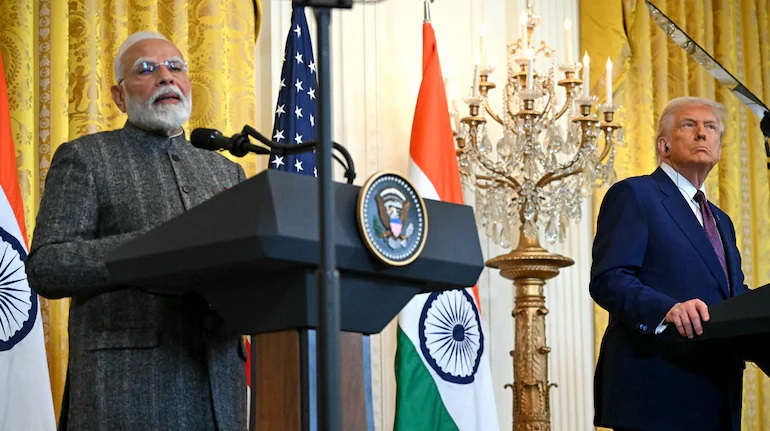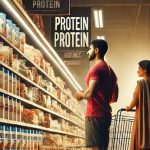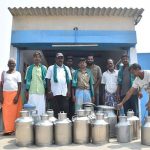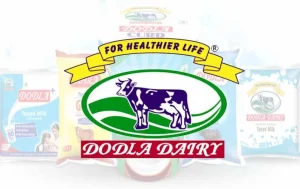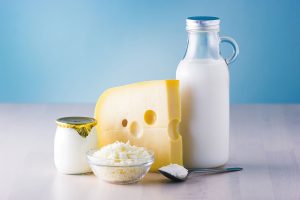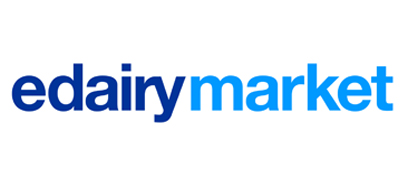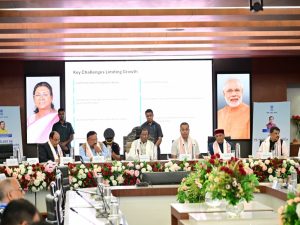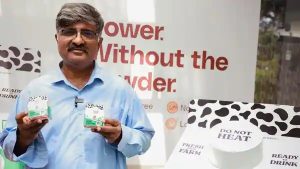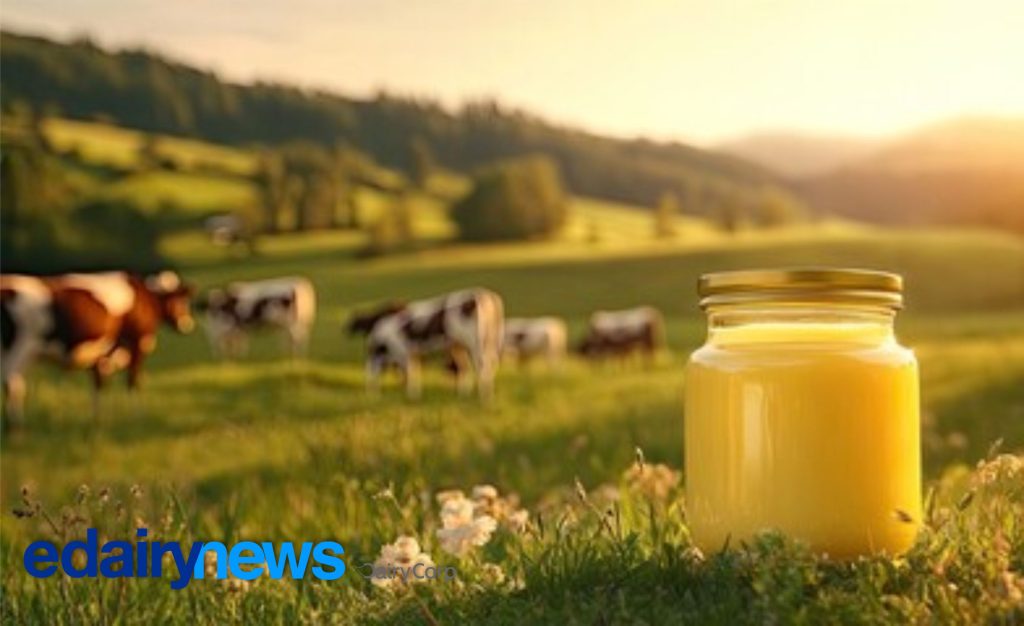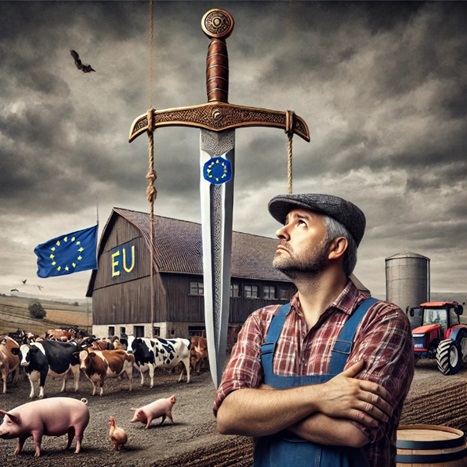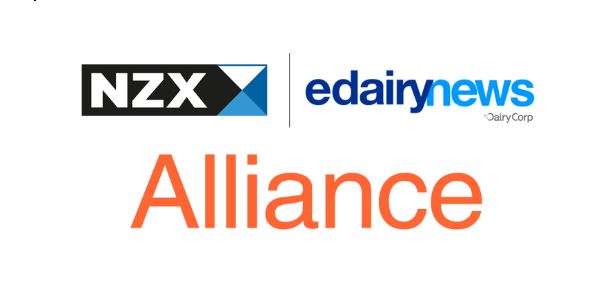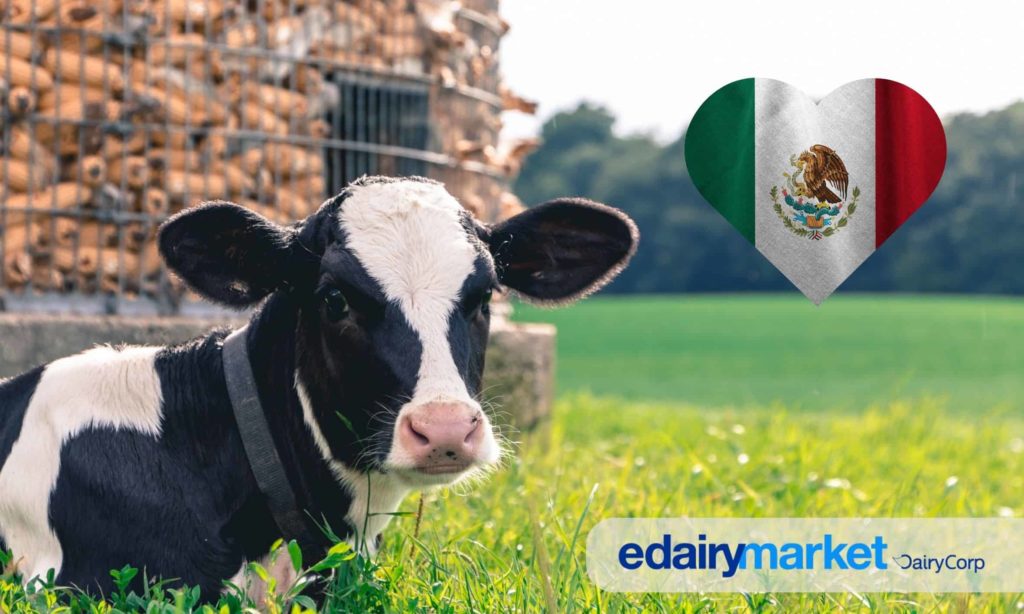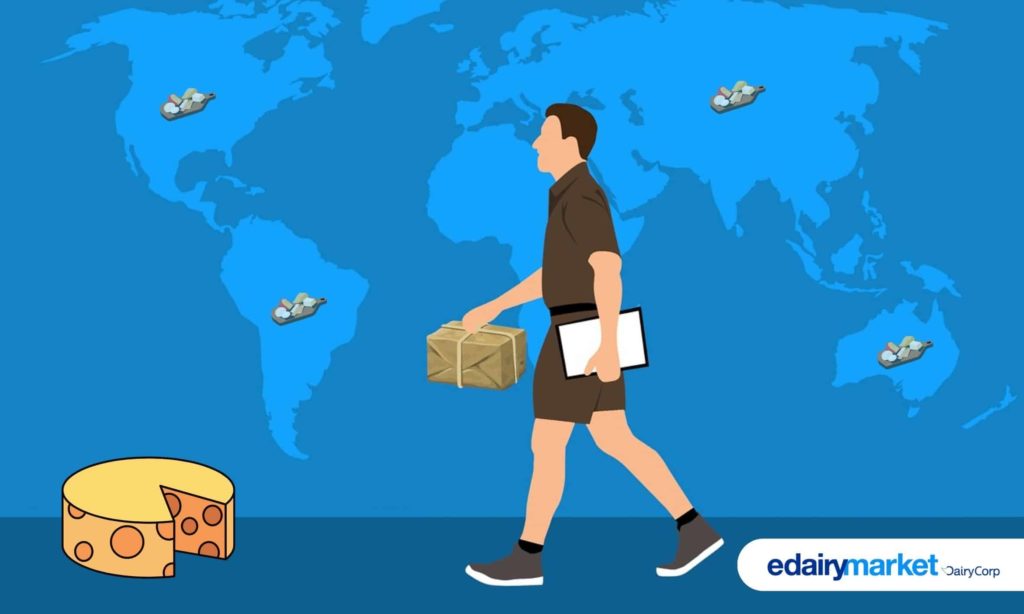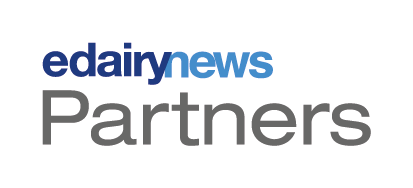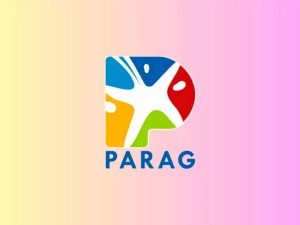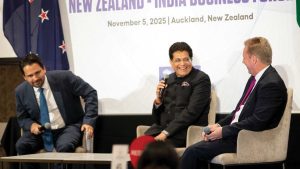
Additional clarity could emerge during US Vice President JD Vance’s ongoing visit to India, where he is set to meet Prime Minister Narendra Modi.
As India and the United States race to seal a comprehensive trade pact by the fall of 2025, a key sticking point has emerged that could derail negotiations: dairy imports.
According to a report by Mint, Indian negotiators have drawn a firm line on the import of American dairy products, citing significant differences in animal feeding practices. Unless the US agrees to either alter these practices or adopt India’s vegetarian certification norms, dairy items such as butter and cheese will remain off the table, the report said, quoting three people familiar with the talks.
“In the case of dairy products, it has been raised that the feeding practices in the US differ significantly from those in India,” one of the sources told Mint. “In the US, cattle are fed with stalled feed, which includes animal-based protein sources, a practice that raises concerns in India.”
Indian cattle feed is primarily plant-based, relying on oil cakes as a protein source. In contrast, US dairy practices often involve the inclusion of animal fats or protein derived from meat and bone meal—ingredients that violate Indian food safety norms. India’s regulations prohibit milk- and meat-producing animals from being fed with internal organs, blood meal, or tissues from bovine or porcine sources.
The Indian side has reportedly conveyed that the issue is not merely technical or commercial but involves “deep social and cultural sensitivities.” The US has been informed about India’s vegetarian certification system, marked by a green dot on food packaging, under which dairy products must originate from animals raised on a strictly vegetarian diet, Mint reported.
While talks have hit a snag on dairy, India is willing to explore tariff relaxations on certain nuts and fruits, including almonds, walnuts, and pistachios—commodities not widely grown domestically. Such a move could help advance negotiations without impacting Indian farmers, sources told Mint.
Currently, India imposes steep duties on these products, for example, Rs 35 per kg on shelled almonds and 100% on walnuts. The list of potential concessions is under active review.
The second round of in-person talks is scheduled to begin in Washington on April 23, led by India’s chief negotiator Rajesh Aggarwal. The discussions are expected to cover a range of unresolved issues, including digital tax regulations and non-tariff barriers.
Additional clarity could emerge during US Vice President JD Vance’s ongoing visit to India, where he is set to meet Prime Minister Narendra Modi. Vance’s trip is part of broader efforts to strengthen bilateral ties under the Trump administration and address trade imbalances.
According to the Mint report, the US is also facing pressure to diversify its dairy export markets after China imposed steep tariffs amid escalating trade tensions. In 2023, China had imported over $500 million worth of American dairy products before those barriers went up.
In its 2025 National Trade Estimate Report on Foreign Trade Barriers, the United States Trade Representative (USTR) criticized India’s dairy import norms as “onerous.” The report specifically flagged India’s requirement that imported dairy products must come from animals not fed with internal organs or blood meal, common practices in American dairy farming.
Despite the differences, trade between the two countries is growing. In FY25, bilateral trade rose 11.6% to $86.51 billion, with India’s exports to the US touching $45.33 billion and imports at $41.18 billion, giving India a surplus of $41.18 billion, Mint noted.
Queries sent by Mint to the commerce ministry remained unanswered at press time. Moneycontrol could not independently verify the report.
You can now read the most important #news on #eDairyNews #Whatsapp channels!!!
🇮🇳 eDairy News ÍNDIA: https://whatsapp.com/channel/0029VaPidCcGpLHImBQk6x1F
